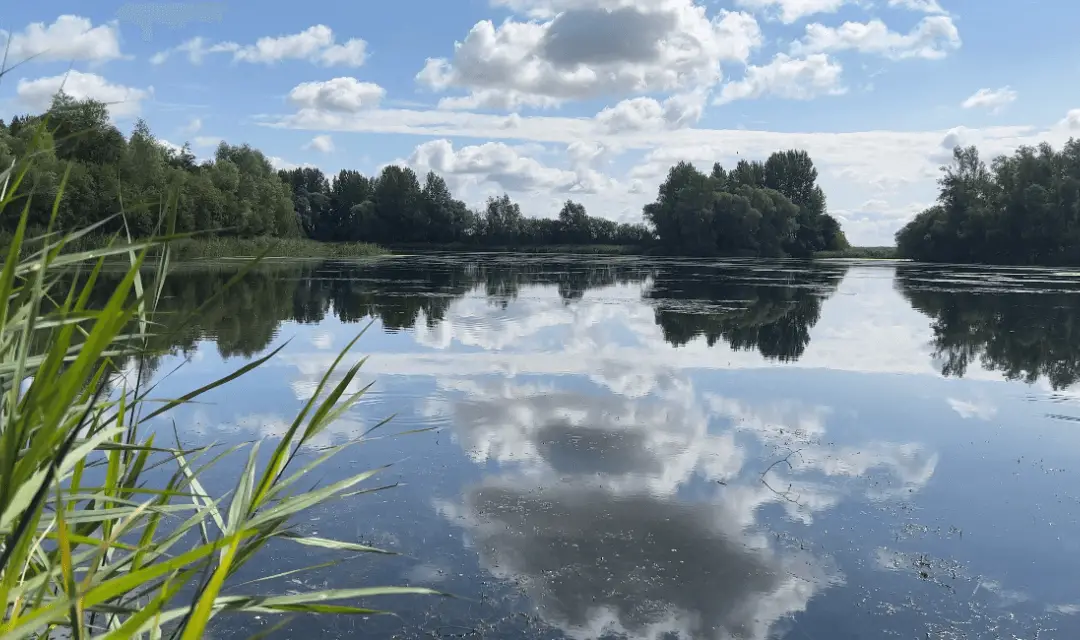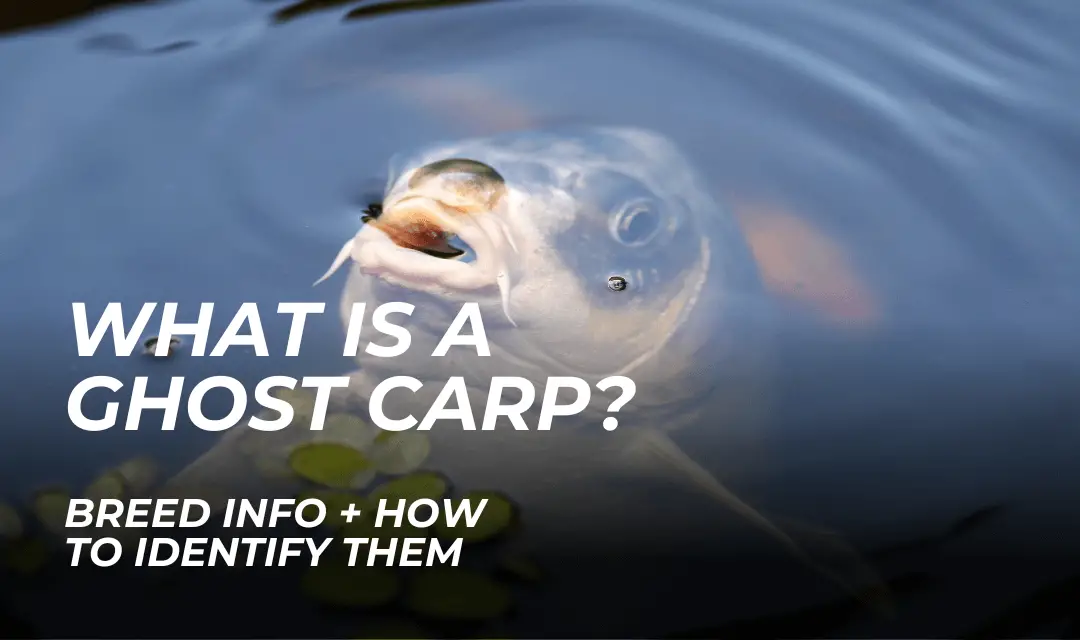One of the most important aspects of carp fishing is being able to present your rig and hookbait effectively. This can be tough at times, particularly when you’re presented with a lakebed covered in silt. A few changes to your angling style, including choosing the right carp rigs for a silty bottom, can make all of the difference to your catch rate.
In this article, we’ll look at the challenges of presenting a baited rig in silt. We’ll show you how you can fish more effectively where the carp love to feed.
Use the links below to jump to each section of this article:
What is silt?
Silt is a mix of sand, clay and other organic matter such as debris and dead aquatic plants. These have been deposited on the lake or river bed over a number of years. It is typically a soft material that covers the lakebed, and can often be over a foot deep.
It’s easy to identify when you’re fishing in silt. You won’t feel that solid drop that you get when your lead hits gravel. Sometimes, you’ll feel nothing at all as the lead plugs deep into the soft silt on the cast.
Other times, you may feel the lead plugged deep into the silt when you come to reel in. This is a sure sign that you’re fishing on a silty spot.
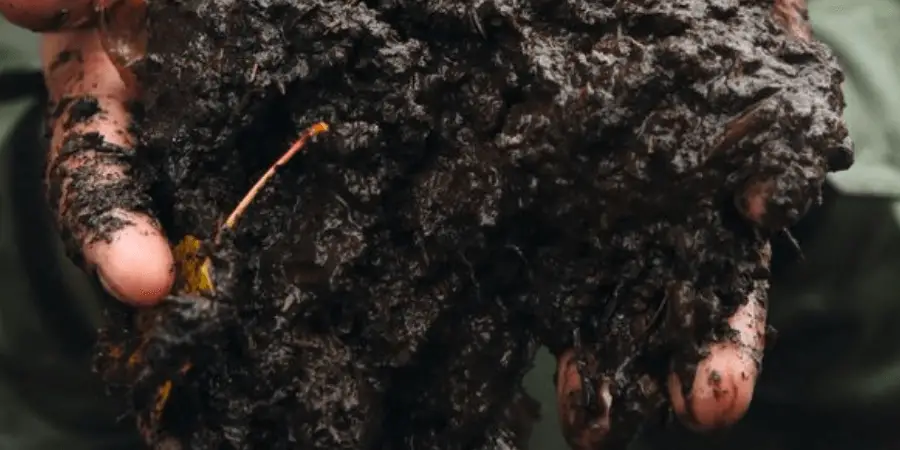
Should I fish in silt?
You should always try to fish where the carp are feeding, if it is safe to do so. Silt is full of natural food carp love to eat. It’s not uncommon to see them ripping up the silt and clouding up the water as they feed.
When you build up your experience of fishing in silt, you’ll begin to understand that there are good and bad patches of silt.
The bad silt typically has a strong decaying smell to it. It’s presence will be evident when you reel your rig in. You will want to avoid fishing over this type of silt.
On the other hand, you will be able to find good patches of silt where the carp actively feed. These often feel cleaner when you drag your lead over them. There will be no harsh smells and minimal debris or chod attached to your lead or rig.
Despite carp feeding in silt, it’s soft nature does make it difficult to present your bait at times. That’s why most carp anglers avoid it, choosing to find hard gravel spots instead.
That being said, it’s often going against the grain that yields results in carp fishing. Don’t ignore the silt if the carp are there and everything else is fishing on gravel!
Carp Rigs for a Silt Bottom
As we’ve already mentioned, you can fish effectively in silt. You’ll just have to alter your tactics to be able to present a bait more effectively. Here are some of the more effective silt rigs for carp fishing;
Chod – The best carp rig for silt?
Made popular by the carp fishing legend that is Terry Hearn, the chod rig was designed specifically for fishing over lake beds full of silt and debris.
The whole design of this rig ensures one thing; ample separation between the hook bait and the lead. With the lead being the heaviest part of your rig, it’s likely to bury deep into the silt.
Where this rig excels is that it allows you to determine how far the hookbait should sit away from the lead. This is vital in preventing it from burying into the silt.
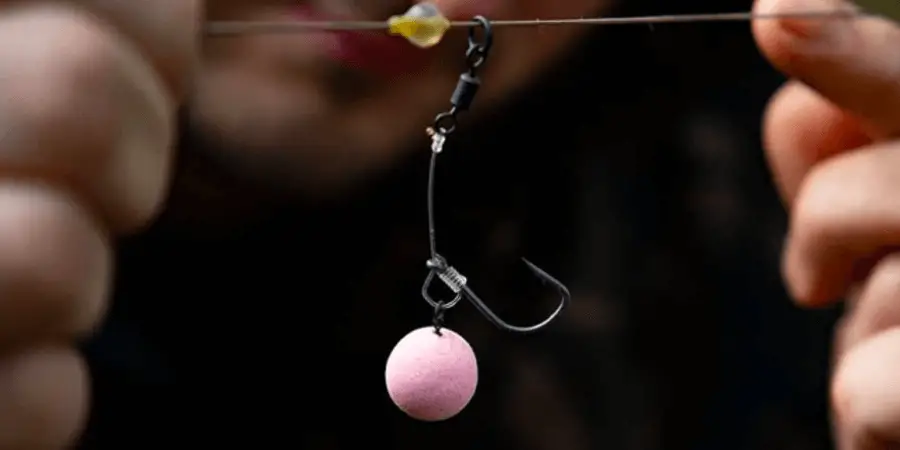
With the chod section being able to run up the leadcore or mainline on the cast, you can simply adjust the top bead to reflect the depth of silt.
The finished presentation is a lead plugged into the silt and a pop up sitting further up the leadcore or mainline, resting neatly on top of the silt.
If you’re not sure what lakebed your fishing over, you will not beat a chod rig for getting a good presentation. It’s always worth having a few choddies ready to go in your carp tackle box.
Helicopter Rig
Following a similar theme to a chod rig, the helicopter rig also allows a degree of separation between the hookbait and the lead. This help to stop the lead pulling the hookbait down into the silt and out of the view of any pasing carp.
The helicopter rig is probable one of the most flexible carp rigs for a silty bottom too.
Unlike the chod rig which requires a highly-buoyant pop up, you can use any hooklink with a helicopter rig. You’re then free to use bottom baits or wafters, which many anglers prefer over pop ups when carp fishing in silt.
Couple your helicopter rig with a supple hooklink
As a general rule of thumb, you want to avoid using stiff hooklinks or booms when fishing in silt. If your lead does happen to get pulled into the silt, stiff hooklinks have a tendency to stick up rather than lie flat on the lake bed.
This can make your rig glaringly obvious to any nearby feeding carp.
Instead, opt for a supple or semi-stiff hooklink that will sink and adjust itself to the contours of the lake bed.
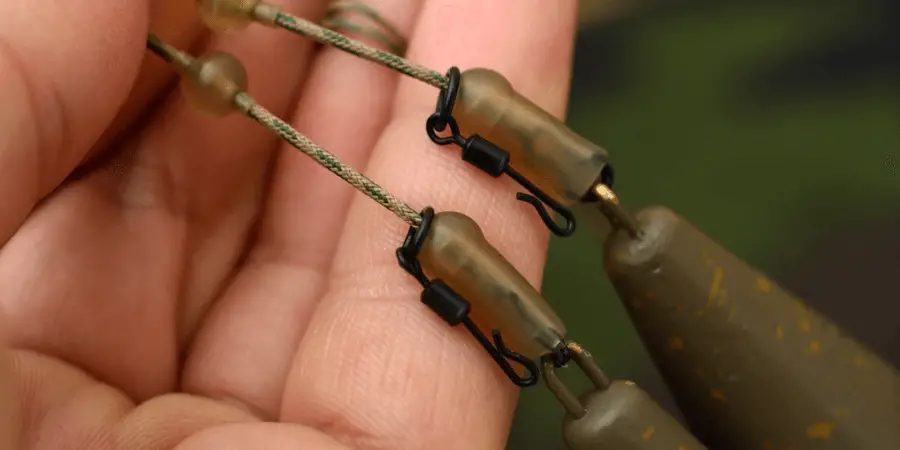
Solid PVA Bags
Solid PVA bags have grown in popularity in recent years. This is mainly due to how well they are presented on a variety of lake beds.
Even if you have no idea what you’re fishing over, you can pretty much guarantee that your hookbait will be nicely presented alongside some free offerings when using solid bags.
Solid PVA bags are also a great option as a carp rig for silt.
With your whole hooklink inside the PVA bag, you have little to worry about in terms of the hook being masked or catching on some debris.
They also don’t sink as fast as a bare lead too, so even in soft silt they tend not to dig down into the silt too much.
Use the lightest lead possible
You’ve probably noticed a common theme to this article; trying to prevent your rig being plugged into the silt as much as possible. A simple way to do this is to use as light a lead as you can get away with, without hindering the distance you’re fishing at.
The lighter the lead, the less it will plug into the silt.
Baits for fishing in silt
Should you use pop ups in silt?
A common theme amongst carp anglers is that you should use pop ups for fishing when the lakebed isn’t solid.
It makes sense in a way; you want every chance of your hookbait sitting proud of the silt, and a buoyant bait helps with that.
But there are times when a pop up in silt can work against you.
When fish are really feeding hard in silt, they’re rummaging around and kicking up all sorts of mess.
Using a pop in this scenario can actually mean that your hookbait is standing above where they’re actually feeding.
On the other hand, a bottom bait will be right in amongst your free offerings, sometimes even submerged in the silt slightly. Personally I’ve had great success using glugged bottom baits or wafters in silty areas, but it all comes down to confidence and personal preference.
To get that level of confidence in bottom baits, you need a thorough understanding of the lakebed. If you’re just casting to showing fish without leading around then a pop up presentation like the chod rig may be the way to go.
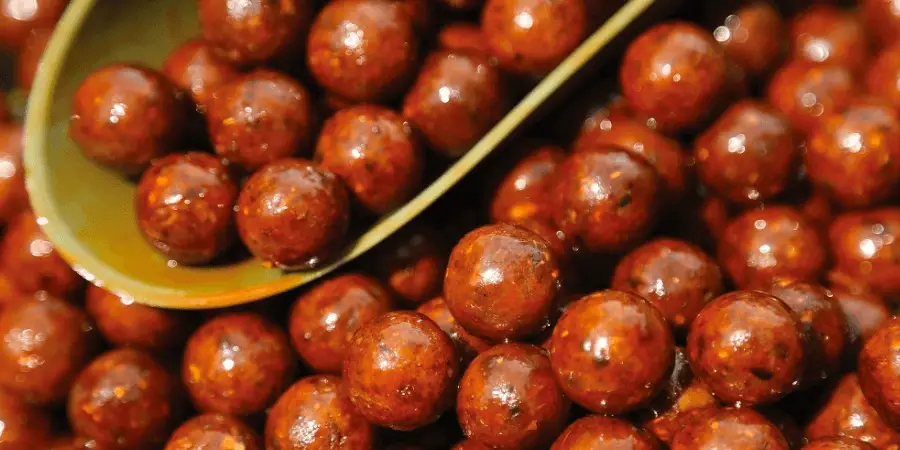
Making your freebies stand out
Your baiting approach is a key part of carp fishing. Like rigs, it should also be adapted to the lake bed that you’re fishing over.
When fish feed in silt, they’ve generally got their heads right in the thick of it. For this reason you want to make sure that your free offerings stand out in terms of scent. You also want to be trying to override that decaying scent that is often prominent in silt.
Glugging your baits or using some kind of liquid attractant like Mainline Smart Liquid is an ideal way to make your free offerings stand out.
Having your free offerings sitting in a liquid for a couple of days before your sessions should be more than enough time for them to take on the extra flavour.
MORE READING: What bait to use for carp in summer
Lighten your free offerings
If you’re fishing in the soft stuff, it can also be worthwhile thinking about the size and shape of the free offerings that you’re putting out.
Boilies for example, can easily disappear in the silt, making them harder for carp to access. In this instance it is worthwhile chopping your baits so that they flutter through the water and rest nicely on top of the silt.
Although carp will feed deep amongst the silt, it’s good to know that there are some bait available for any fish feeding on sight. The Korda Krusha is great for chopping up loads of boilies without doing it by hand.
If you’re fishing the same spot for a prolonged period of time, it is worth introducing finer free offering such as particles and pellets. Carp will love rummaging through the silt for these. You’ll find that they can ‘clean’ your spot too after introducing bait regularly, making it easier to present a bait on in future sessions.
Conclusion: Carp Rigs for Silt
Hopefully this article has helped you understand how you can fish more effectively in silt. With a few small changes to your angling, including choosing the right carp rigs for silty bottoms, the results are certainly there to be had.
About the writer

Rob W
I’m Rob, Carp Squad’s main contributor. I’ve been carp fishing on and off for 15 years, but the bug is well and truly back at the moment. Hopefully the articles I write on here help you put more carp on the bank.

![Stocks Lake Norton Disney [Tips & Tactics]](https://carpsquad.com/wp-content/uploads/2023/11/stocks-lake-norton-disney-2-1.png)
